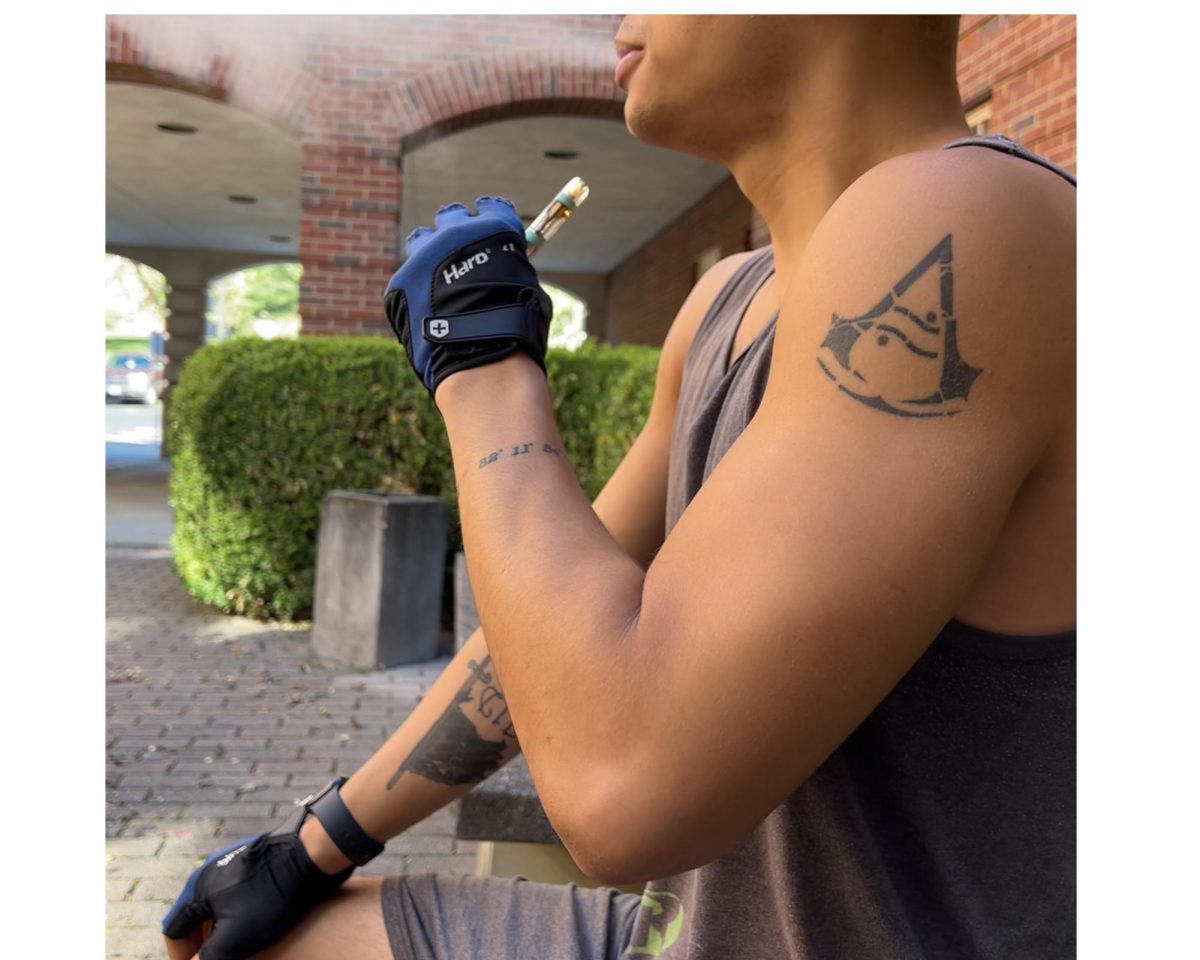If your children come home from school talking about Alice, they won’t be referring to a new classmate.
Talawanda School District students will be trained in A.L.I.C.E., which stands for Alert, Lockdown, Inform, Counter, Evacuate, a safety program used in schools nationwide to educate students and staff on what to do if an armed attacker threatens the school.
According to the program’s website, the steps of A.L.I.C.E. are not necessarily sequential, but provide an easy way for students to remember their options in a potentially dangerous situation.
A.L.I.C.E. isn’t the only safety solution the district is implementing. The district is placing a school resource officer (SRO) in each of its five schools and beefing up security measures for visitors, who will now need to show an I.D. and be escorted by a school employee.
A is for Alert: If a student sees something suspicious in the hallways or on school grounds, she should alert an adult, even if she’s unsure of whether or not it’s a dangerous situation.
L is for Lockdown: If there is no way for students to safely evacuate from a dangerous situation, they must lock down. Locking and barricading the doors with desks, tables and chairs and staying out of sight of windows is recommended.
I is for Inform: Students and teachers should continue to relay information to each other and to authorities throughout the emergency.
C is for Counter: If students are stuck and have no way to get away from the intruder, they should distract the intruder to reduce potential harm.
E is for Evacuate: If possible, all students and staff should evacuate and relocate as far away from the threat as necessary.
New Talawanda superintendent Ed Theroux said safety is one of the chief concerns that parents brought to his attention over the summer.
“I’ve actually had some emails and some phone calls from some community members and family members,” said Theroux, “some asking, ‘Are we looking into bringing guns into the school? Are we being safe?’”
The school resource officers will be tasked with ensuring students’ safety. They’re trained in Ohio Resource Officer Basic Training, including A.L.I.C.E., which they’ll be teaching to students.
But the role goes beyond emergency safety, said Officer Matt Wagers, the resource officer at Talawanda Middle School and a member of the Oxford Police Department.
“We get a lot of training on social media, cyberbullying and things of that sort,” Wagers said.
In addition, Wagers will spend a lot of time in the classroom, educating students on safety protocols, drug and alcohol awareness, and state-required lessons on opioid addiction.
“With the SRO position, you want to go out and build relationships with the students,” Wagers said.
In order to subsidize the cost of security measures, the Butler County Educational Service Center proposed a levy for all school districts in the county. The levy would implement a $1.5 million tax on participating districts’ taxpayer, and districts would be restricted to using the funds on security.
But Talawanda opted over the summer not to participate in the levy, saying it didn’t need all of the money the levy would bring in. The increased resource officer staffing will cost the district roughly $260,000, said Talawanda treasurer Mike Davis.
Former Talawanda superintendent Kelly Spivey applauded the decision to station an officer at each Talawanda school.
“The safety committee made a recommendation to the board at the May 17 work session to make sure that we had a school resource officer in every building,” Spivey said. “I was very pleased to see they approved that.”
One of the district’s new school resource officers hails from the Oxford Police Department, and two more come from the Butler County Sheriff’s Department.
As part of its goal to improve school safety, Talawanda has also focused on mental health. The district has hired additional social workers for each elementary school. They’ll be providing counseling to students, said the district’s director of communications, Holli Morrish.
“If we have an adequate amount of services and specially trained school social workers in our elementary buildings, they can help our students with difficulties they might be having,” Morrish said. “The earlier, the better.”









